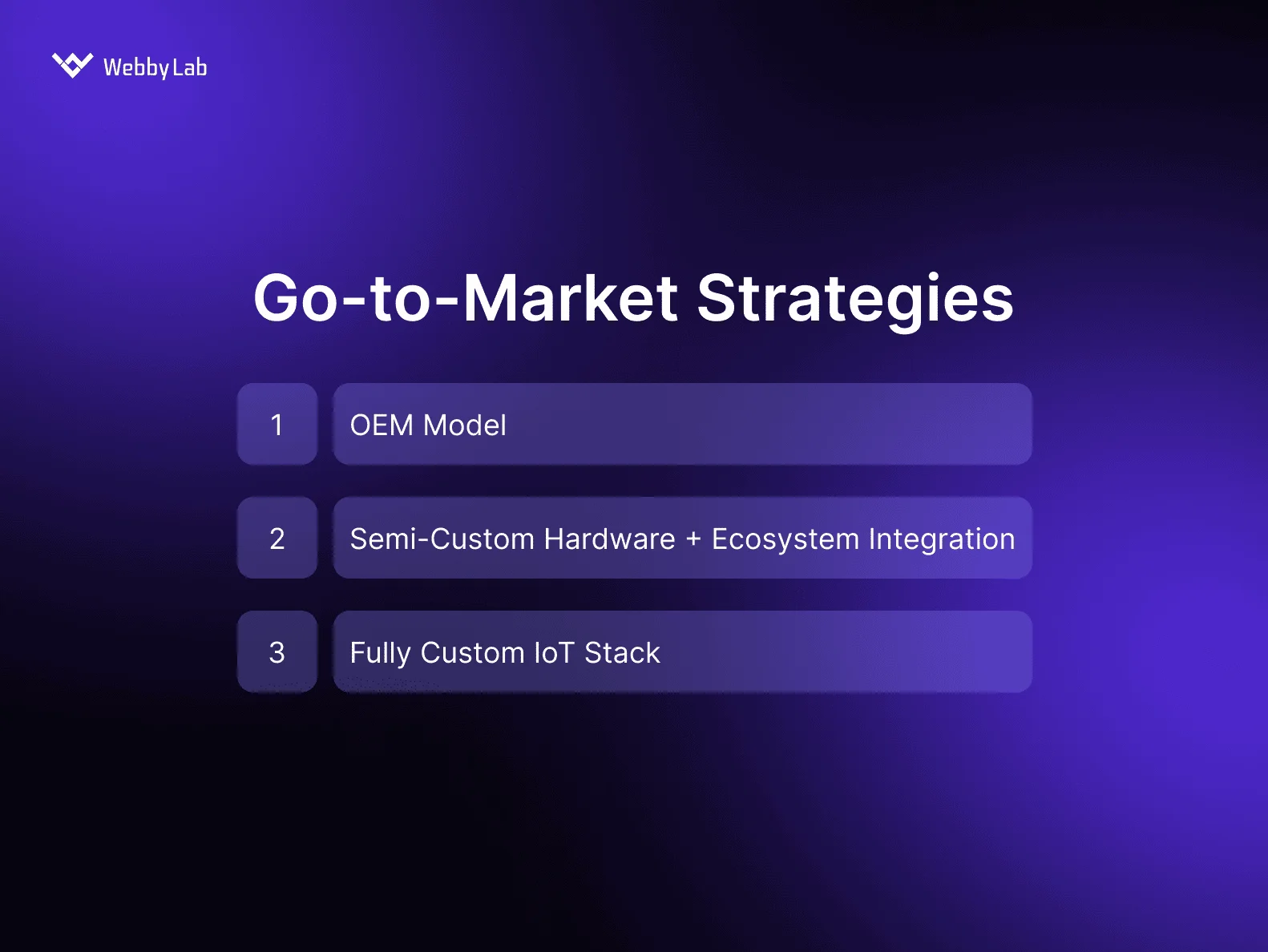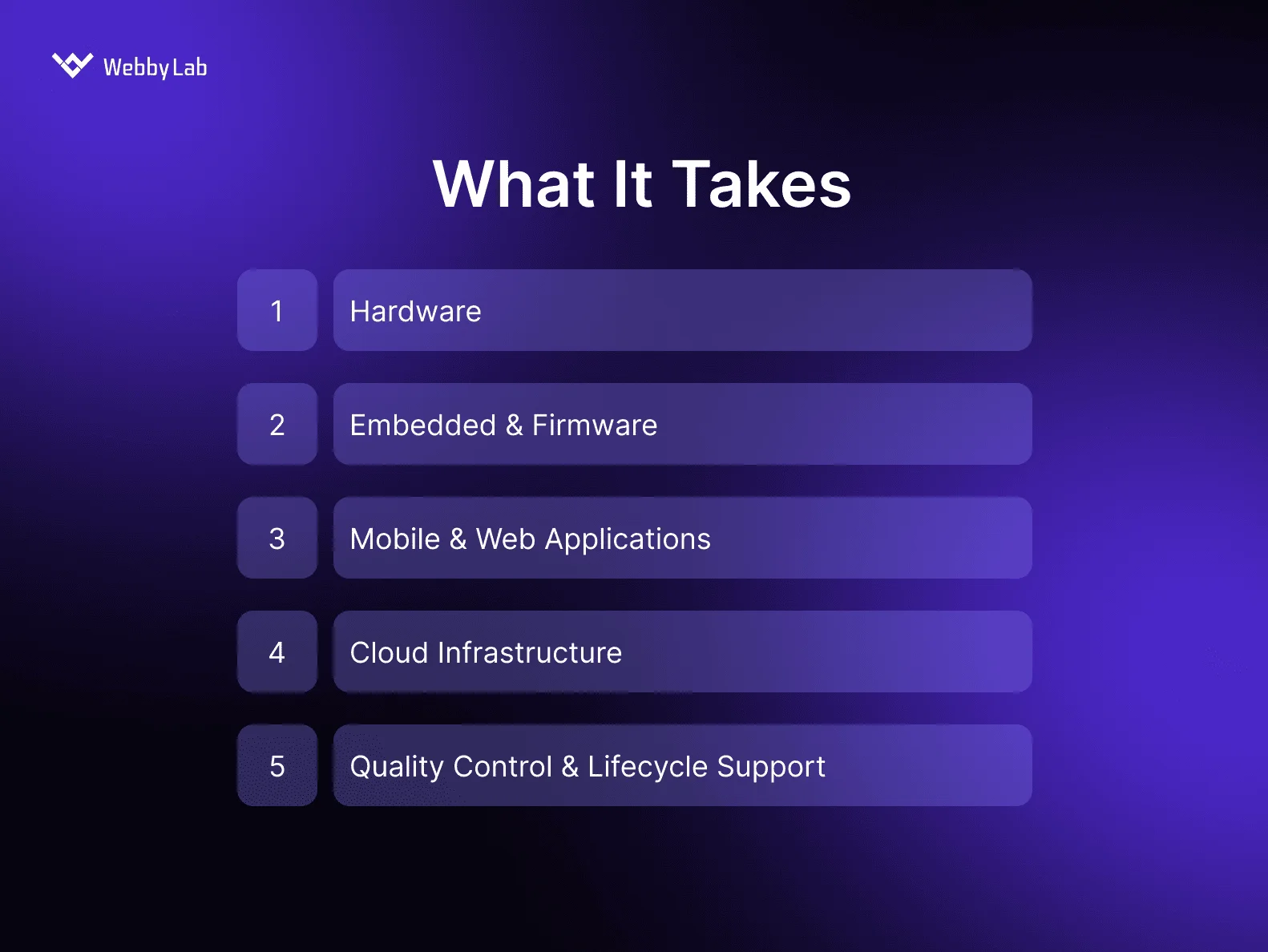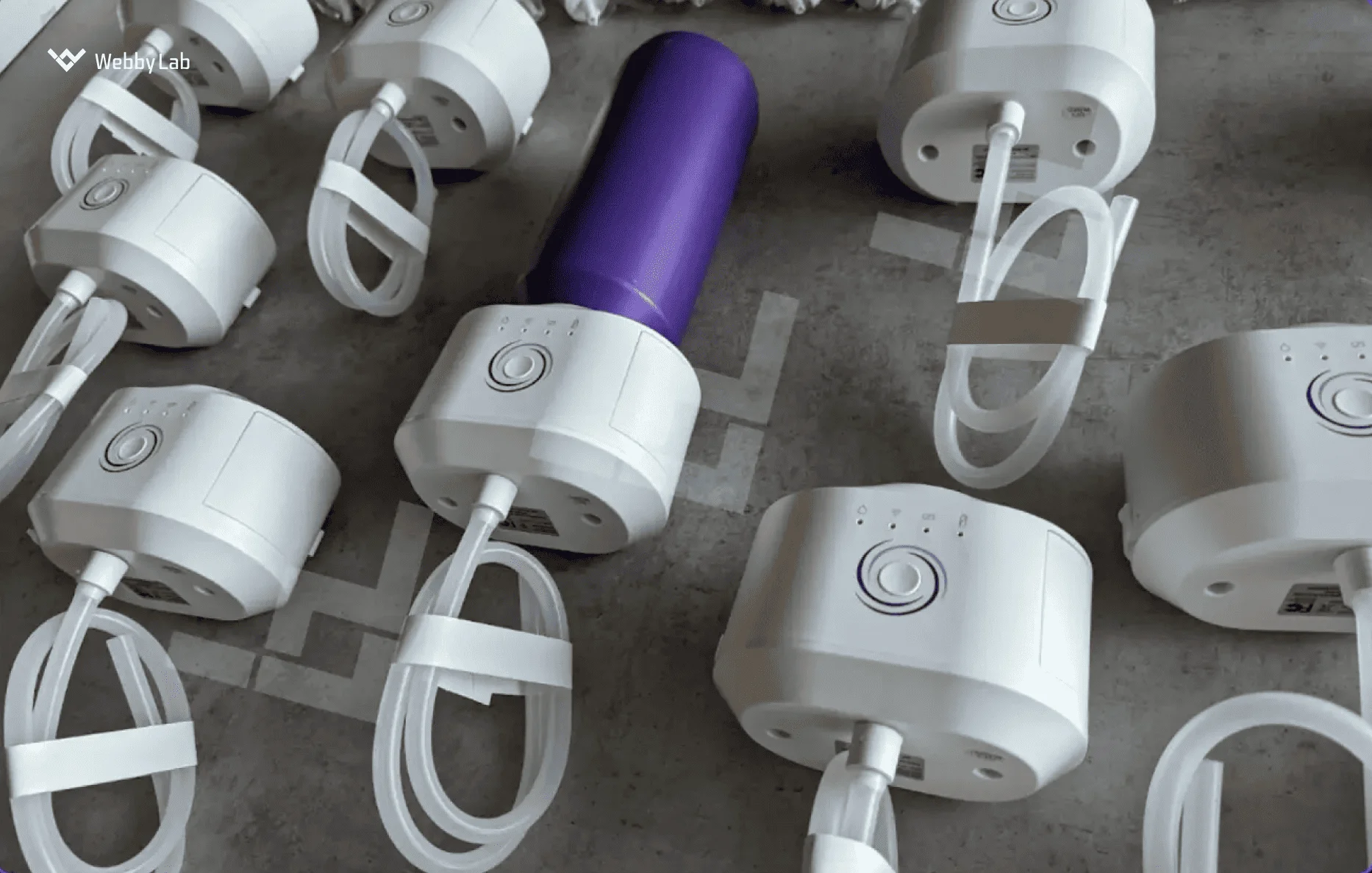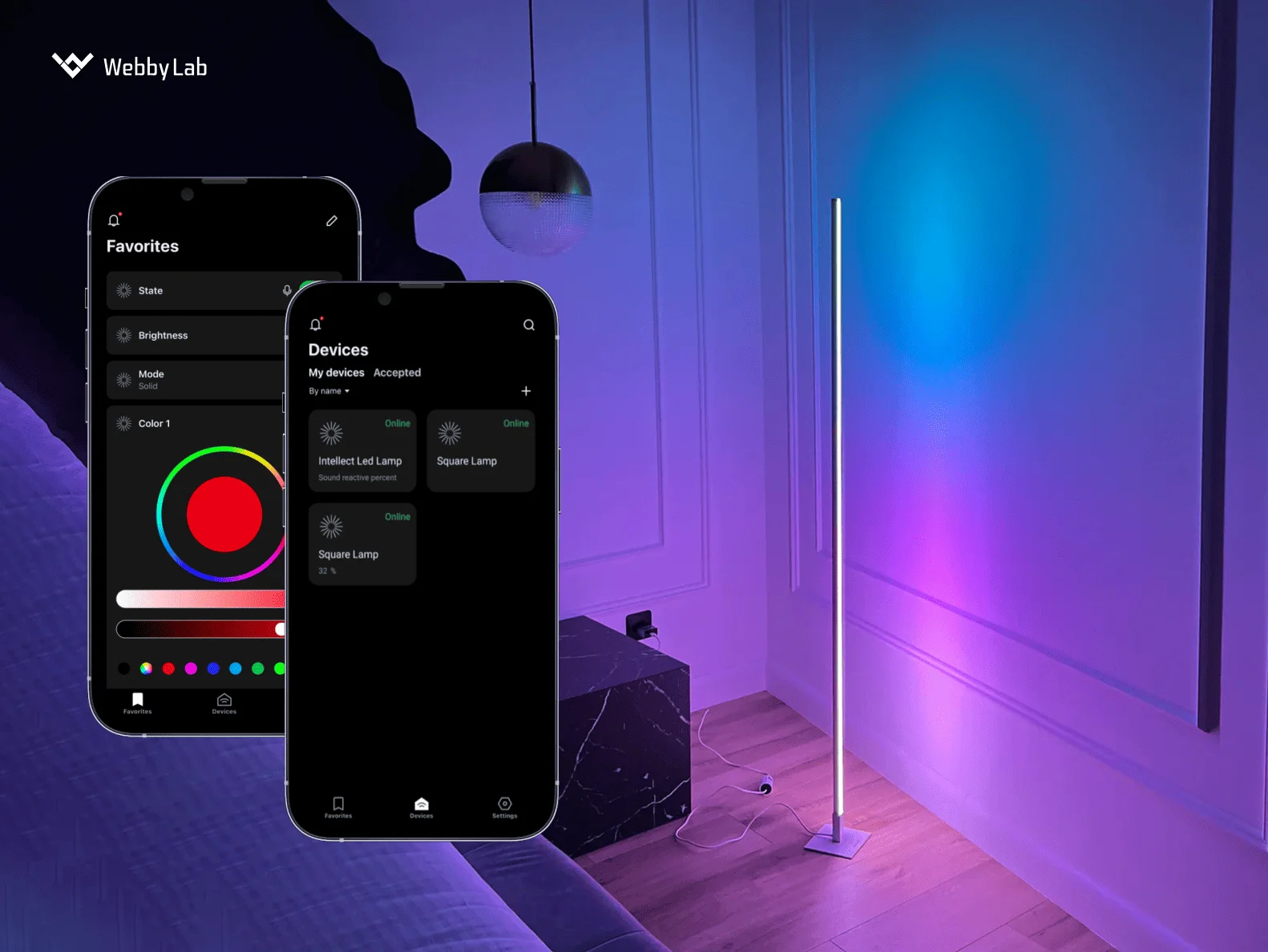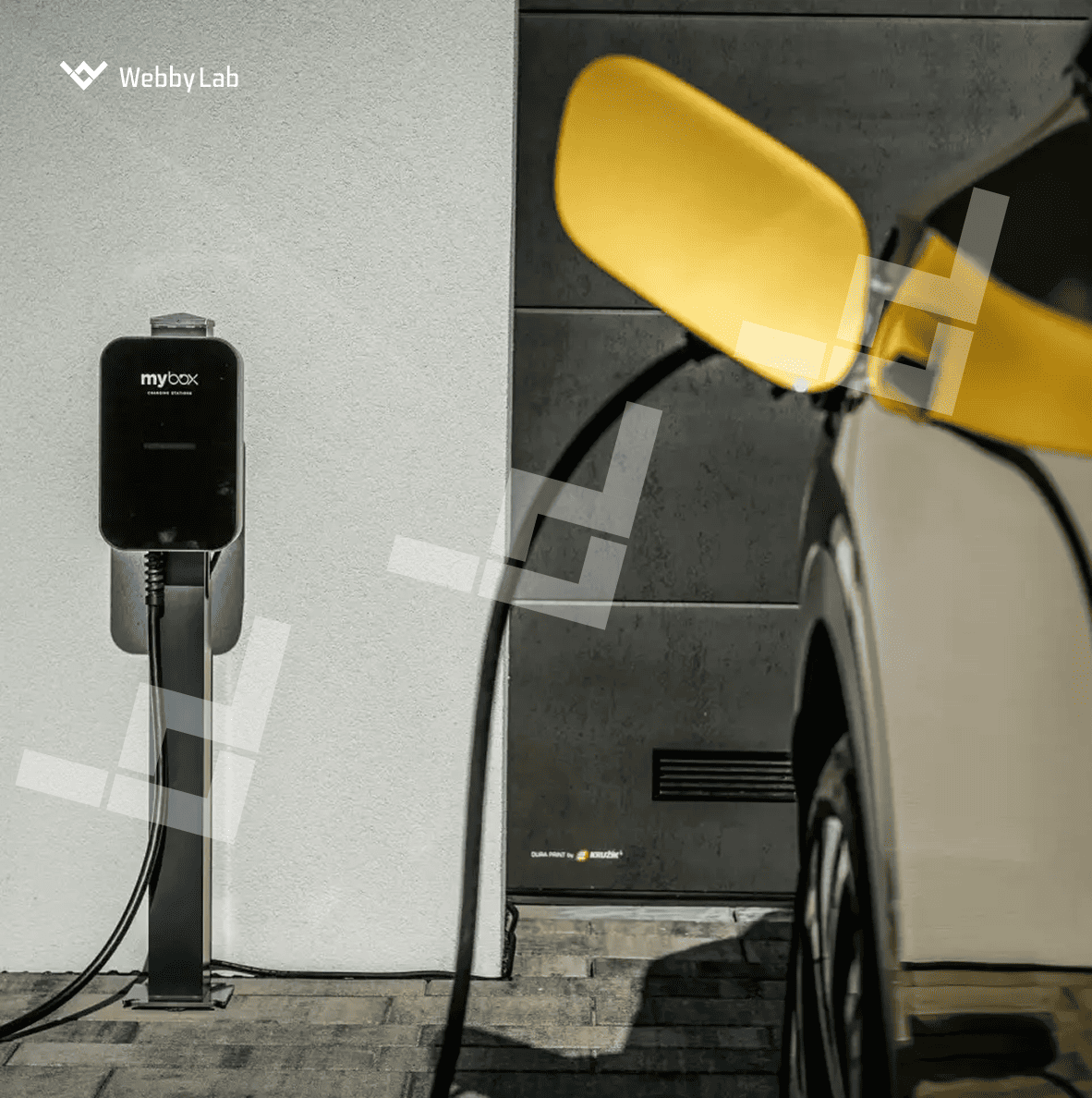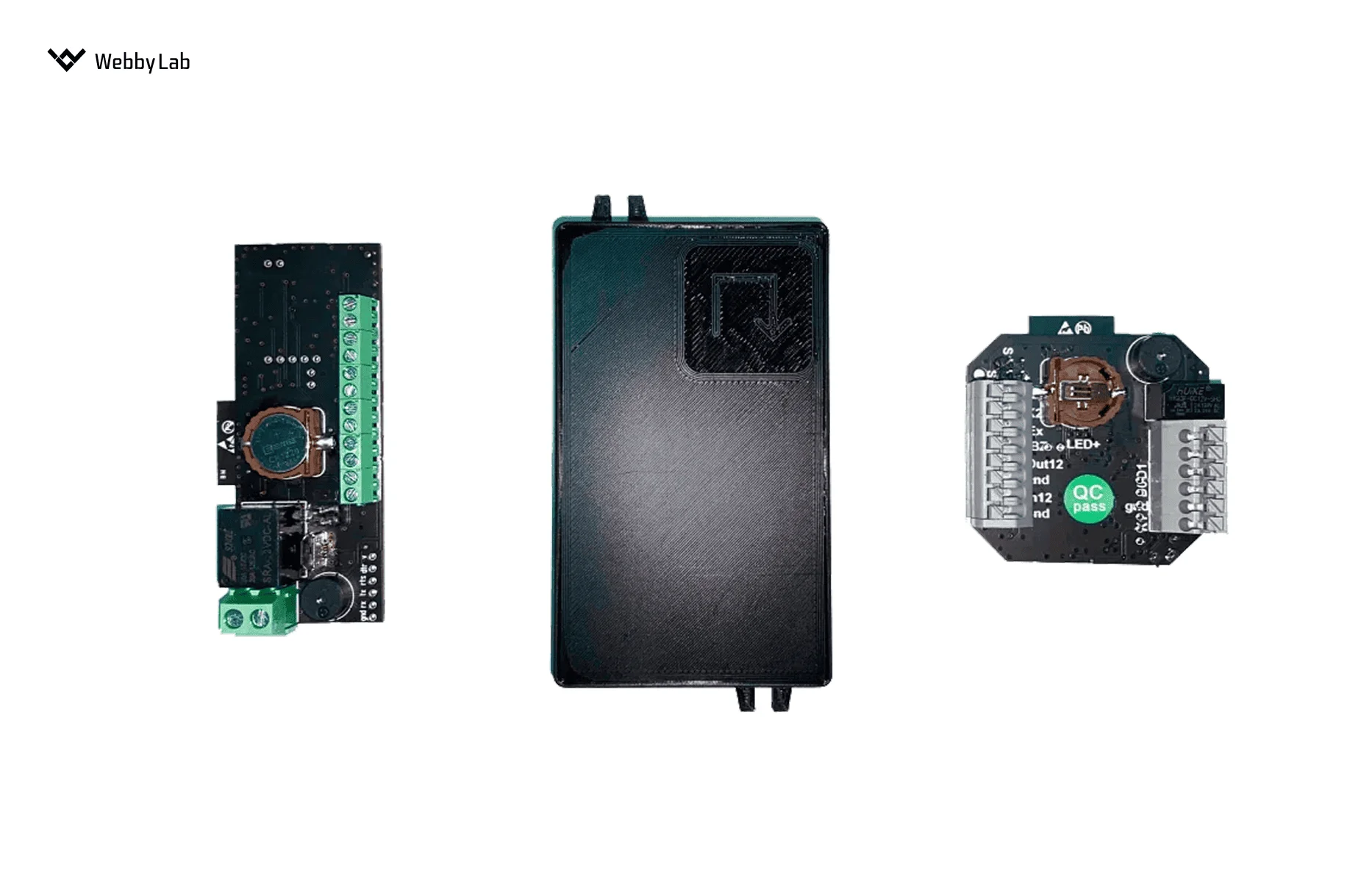From Idea to Market: Launching Consumer IoT Devices
Written by:

Kostiantyn Oliynyk
Head of IoT at Webbylab
With a robust academic background in Telecommunication Systems Engineering, I apply my knowledge to lead innovations in the IoT domain. Starting as the first team member in the newly formed IoT department at WebbyLab, I've spearheaded its growth, fostering the expansion into embedded and hardware development alongside our core software projects. My dedication lies in pushing the boundaries of IoT technology, fostering a culture of innovation and excellence that profoundly impacts our clients' operational success.
It typically depends on the chosen GTM model. An OEM-based smart device can be deployed in as little as 2–4 months, while a fully custom IoT product — designed for scalability, usability, and innovation — typically takes 6–12 months from prototype to launch.
Going with an OEM model is your fastest route. All you have to do is apply your branding to an existing product and launch. The model is perfect for testing new automation ideas, wearables, and other pilot projects without heavy investment in edge computing, hardware, and firmware. However, you’ll sacrifice some personalization and reliability.
OEM lets you quickly launch consumer IoT devices by rebranding a ready-made gadget. Custom development, in turn, gives you full ownership over the hardware, firmware, software, and user experience.
You’ll need a well-thought-out firmware architecture and a backend that can manage remote deployment at scale. OTA updates will help you maintain device reliability, reduce latency in bug fixes, and deliver continuous improvements.



